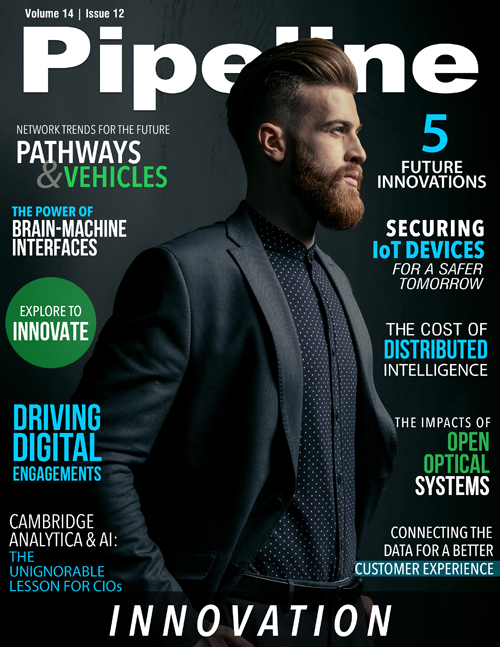Connecting The Data for a Better Customer Experience
Personalization risk
The wealth of data held by telecoms operators about their customers’ consumption and preferences means that CSPs can personalize every aspect of the user experience. In the era of customer-experience driven competition, it’s essential that CSPs understand how users feel about the touchpoints that contribute to the overall experience they provide. How much a customer likes your product—his or her rational satisfaction— often matters less than how he or she feels about their experience. How they feel is about emotional satisfaction.
How to mitigate the risks with innovative technologies
The risks detailed above set out the challenges that CSPs face in meeting the needs of their customers as the service portfolio widens and their requirements become more complex. The good news is that there are mature technical solutions available to address many of these risks. These are now being augmented with innovative technologies that can generate personalized recommendations for each and every customer by analyzing and integrating data sets from BSS, CRM and other systems, including order confirmation, order management and marketing campaign information.
For many CSPs, proactive, consistent and targeted communication with the customer has been hard to achieve because a lot of customer information sits in siloed systems. The lack of cohesion and insight between all the different customer touchpoints, internal systems and processes poses a colossal challenge.
New solutions based on machine learning and artificial intelligence (AI) can now help CSPs unearth, connect and understand all the valuable data hidden in their systems. By giving them a better understanding of their customers’ needs and wants, these solutions allow them to provide a more personalized, more efficient and simpler customer experience.
The role of AI and machine learning for CSPs
CSP data is some of the richest in the world. Even when aggregated and anonymized, there are extraordinary insights that can be drawn from it. However, these can only be revealed in an actionable format if the data is stored, managed, processed and analyzed effectively. This is where AI and machine learning technology can provide the most value for CSPs. It can help enable a successful onboarding experience, leading to opportunities for further interactions and personalized marketing communications.
Technology can bring together and integrate data sets from disparate systems to give a complete picture of the customer. If analyzed correctly, churn can be predicted and therefore stopped. AI and machine learning, while talked about for a long time, are only starting to see mainstream adoption within telecoms, and therefore most of the benefits are only now being recognized.
By feeding the wealth of data available to CSPs into the right algorithms within machine learning technology, CSPs can begin to analyze usage and behavior patterns. Customer sentiment will no longer be based purely on the last interaction, but all information can be analyzed and compared to previous customer scenarios. Recommendations for each customer can be developed based on statistical learning and not just from the gut feel of the particular customer service agent they happen to be talking to.It is this type of approach that plays to the strengths of CSPs—their data and their abilities to provide complex services at great scale—and will enable them to address their weaknesses, turning the critical first ninety days from a period of high risk into one of high opportunity in which relevant offers for additional, revenue-generating services can be made. The onboarding phase should no longer be viewed as a danger zone but instead as the period in which the CSP delivers on its promises and builds the foundation for a long and rich customer relationship.



















